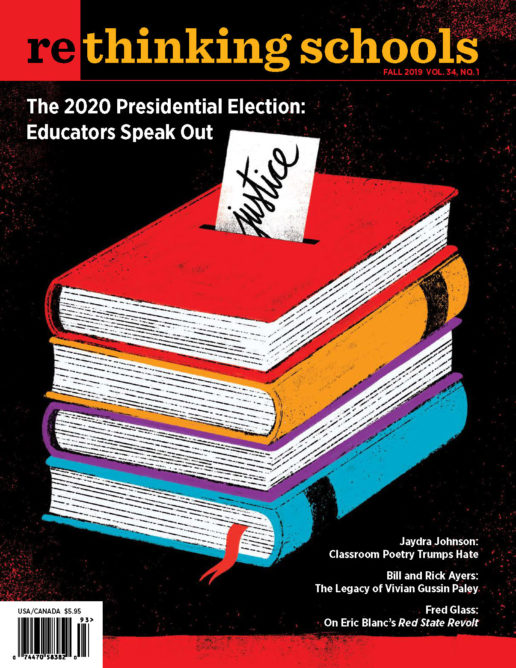Our picks for books, videos, websites, and other social justice resources 34.1
Novel
Some Places More Than Others
By Renée Watson
(Bloomsbury Press, 2019)
192 pp.
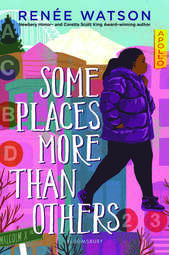
In her newest book, Some Places More Than Others, Renée Watson adds another piece of brilliance to her growing body of award-winning adolescent fiction. Watson breaks all kinds of conventions for the young adult genre. Like Toni Morrison, she removes her characters from the “white gaze.” In this coming-of-age story, featuring an all-Black cast, Amara is a 12-year-old girl who is curious about her family and the world. She is not worried about a relationship or clothes or fitting in.
Amara lives in a suburb of Portland. She struggles with her mother’s attempts to woo her into the fashion designs she has created for her store, named Amara’s Closet. Instead, Amara loves the sneakers her father, a Nike executive, gives her. During a birthday trip to Harlem with her father, Amara explores family history for her class’s “suitcase project” and uncovers her father’s secrets. Through the novel, Amara expresses herself through poetic breaks. But she also revels in the history of Harlem, taking the reader to the Schomburg Center, to murals and statues and bodegas that illustrate Black history and culture. Some Places More Than Others is filled with imperfect characters who make mistakes, who forgive, who readers will want to sit with long after they finish the book.
***
Policy/Activism
Strike Back: Rediscovering Militant Tactics to Fight the Attacks on Public Employee Unions
Joe Burns
(Ig Publishing, 2019)
224 pp.

With decades of experience as a union bargainer and labor lawyer, Joe Burns delivers a class-conscious, energizing analysis of public sector unionism that pinpoints the source of unions’ strength. With free market ideology infecting every level of our education system, this book is an essential read for educators who hope to harness union power to win the schools our students deserve. Peppered with lesser-known stirring episodes of labor history, excerpts would make useful additions to union organizing trainings or history classes. Equal parts strategy, history, and inspiration, Burns’ new book will leave activists ready to “strike back.”
***
Picture Books
Freedom Soup
By Tami Charles
Illustrated by Jacqueline Alcántara
(Candlewick, 2019)
32 pp.
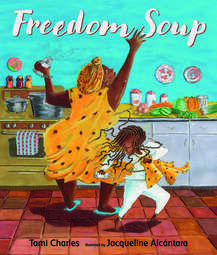
In Freedom Soup, Belle, a young girl, helps her elder, Ti Gran, make soup for their family’s Haitian liberation and New Year’s celebration. As the pair go through the recipe over the course of a snowy day, Ti Gran tells Belle the story of how their ancestors overthrew the French enslavers and claimed freedom. Beautifully illustrated, Freedom Soup is a story about heritage and inheritance. People of all ages can delight in its depictions of joyful dancing, warm embraces, and a fragrant apartment, while absorbing a history lesson of the Haitian Revolution. The book’s end pages include an author’s note about the history and the people who inspired it, as well as the original Freedom Soup recipe.
***
Todos Iguales: Un Corrido de Lemon Grove | All Equal: A Ballad of Lemon Grove
By Christy Hale
(Lee & Low Books, 2019)
40 pp.
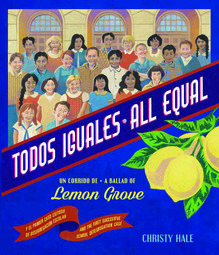
Todos Iguales/All Equal is a bilingual, picture book history of an early school desegregation case: Roberto Álvarez v. the Board of Trustees of the Lemon Grove School District, argued in the Superior Court of California in 1931. Author and illustrator Christy Hale describes how the Lemon Grove School Board attempted to push Mexican American students into subpar schoolhouses and how the community organized to challenge the school board in court. Young Roberto Álvarez, the chosen defendant, narrates the story. The final pages describe the impact of the Lemon Grove ruling on future court decisions (like Brown v. Board), and describe the form and function of the corrido, a Mexican ballad.
***
Curriculum
Troublemaker for Justice
By Jacqueline Houtman, Walter Naegle, and Michael G. Long
(City Lights, 2019)
168 pp.
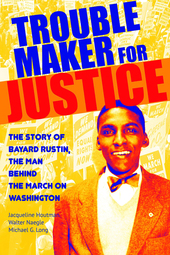
Troublemaker for Justice illuminates the life and legacy of Bayard Rustin. Black, gay, nonviolent activist Rustin was a key 1963 March on Washington organizer — among other accomplishments — but passed over for the spotlight in the Civil Rights Movement because of his sexuality, Communist Party associations, and history as a conscientious objector during World War II. Authors Jacqueline Houtman, Walter Naegle, and Michael G. Long provide middle and high school students with a biography of Rustin that illustrates how the personal is political. Rustin saw the nation’s problems clearly and in a way that connected different forms of oppression. Young readers will take away valuable lessons about identity, civics, and 20th-century history.
***
Teach Palestine
teachpalestine.org
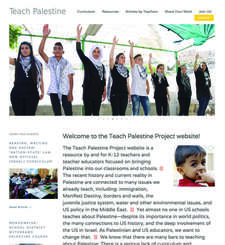
The Israeli and U.S. war against Palestinians continues. And so does the curricular silence — until now. Sponsored by the Middle East Children’s Alliance, Teach Palestine is a new website “by and for K-12 teachers and teacher educators and focused on bringing Palestine into our classrooms and schools.” It’s a welcome resource. The site offers curricula, recommended videos, and teaching articles describing classroom approaches to Palestine — a number of which first appeared in Rethinking Schools.
***
Teaching Issues
Sing a Rhythm, Dance a Blues: Education for the Liberation of Black and Brown Girls
By Monique W. Morris
(The New Press, 2019)
224 pp.
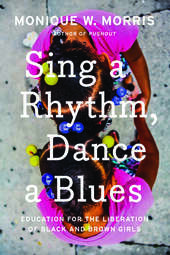
Monique Morris’ new book is a powerful call to action for educators, parents, administrators, and policymakers to reimagine what schools could look like when Black and Brown girls are placed at the center of conversation. Morris uses the analogy of the blues to carefully describe the knowledge that Black and Brown girls possess and how important it is that educators use participatory practices in schools as a method of healing. She says, “They [blues women] know what they know, and they know that they know it.” The book moves through “tracks” or chapters, in the name of blues women, that weave together personal anecdotes, jarring research and statistics, vignettes from educators and community organizers, and examples of effective practices from around the world. Through critically examining topics such as restorative practices, policing and school discipline, social-emotional learning, and culturally affirming pedagogy and practices, Morris makes a strong case for building relationships inside and outside of schools that recognize and celebrate the beauty and humanity of Black and Brown girls’ experiences.
***
Anti-Islamophobic Curriculums
By Rahat Zaidi
(Peter Lang Publishing, 2017)
134 pp.
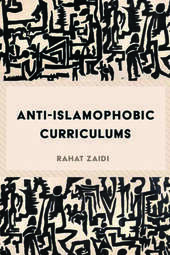
This short book examines the history of multicultural policy and teaching in Canadian schools in the context of the global rise of Islamophobia. As Zaidi points out, Islamophobia refers both to being against Muslims — the people — and against Islam — the religion. Zaidi summarizes and critiques “culturally relevant, responsive, and sustaining” approaches to multiculturalism and argues that given the dramatic global rise in Islamophobia since 2001, it’s essential for educators to consciously weave anti-Islamophobic lessons into our curriculum.
Zaidi insists that this must start with 5-year-olds and be present in the elementary school curriculum. She provides brief examples of lessons, including a fascinating comparison between the Qanat System of irrigation used in Iran and “modern” irrigation systems in tropical areas that have been ecological disasters. Her work has been incorporated into the provincial social studies curriculum in Alberta, Canada. Educators in the United States can learn a lot from this Canadian scholar.

